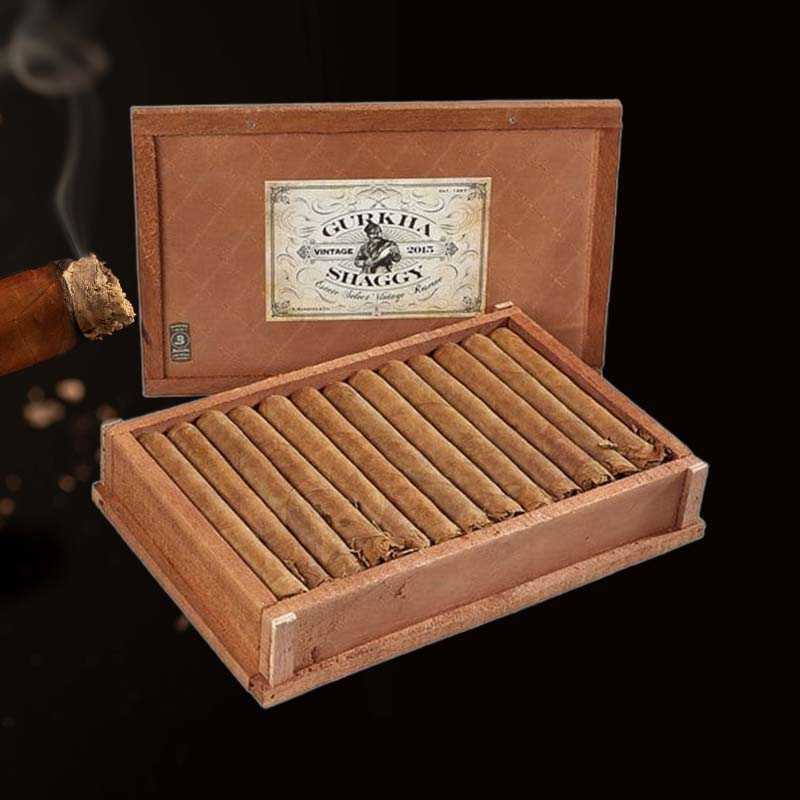Torch lighter not working
Introduction: Fixing That Jet Lighter You Love
There are few things more frustrating than reaching for your trusty torch lighter only to find it dead in the water. I still remember the first time I needed to light my cherished cigar after a long day, only to be greeted by the cold, unyielding silence from my favorite lighter. It felt like a small tragedy in that moment. But don’t worry! I’m here to guide you through this journey of restoration, so we can revive that beloved lighter and continue our adventures together.
Understanding the Importance of a Functioning Torch Lighter
A functioning torch lighter is essential not only for lighting cigars but also for camping, cooking, and other outdoor activities. It’s like a reliable friend that’s always there when you need it. When it’s not working, it can put a damper on your plans and disrupt your moments of leisure.
Step 1: So What You’ll Need for This

Essential Tools for Repairing Your Lighter
Before diving in, gather the following tools to repair your torch lighter:
- Small screwdriver set
- Compressed air canister
- Cotton swabs or a small brush
- Replacement flints (if necessary)
- Fuel for refill
Step 2: Ok Diagnosis Time Doctor

Identifying Common Issues with Torch Lighters
Sometimes the problem isn’t apparent at first glance. Here are common issues to look for:
- Empty fuel tank
- Clogged or damaged ignition mechanism
- Worn-out flint
- Fuel leaks
- Low flame height
Step 3: Opening Your Lighter Up

How to Safely Disassemble Your Torch Lighter
Disassembling your lighter may seem daunting, but it’s quite straightforward. Follow these steps:
- Ensure the lighter is empty or completely cooled.
- Using the screwdriver, carefully remove the screws.
- Gently lift the casing while avoiding damage to internal components.
Step 4: Adjusting the Spark
How to Fix the Ignition Mechanism
A lighter that doesn’t spark can be incredibly frustrating. To fix this:
- Check for any obstruction in the ignition area.
- Use compressed air to blow away dust and debris.
- Adjust the ignition mechanism gently, ensuring good positioning.
Step 5: Troubleshooting a Lighter That Sparks but Won’t Light

Common Causes and Solutions
Often, the lighter will create a spark but won’t ignite. Here’s what to check:
- Ensure fuel is flowing properly.
- Inspect the burner for blockages or soot.
- Make sure the spark is strong and consistent.
Step 6: Weak Flame Issues
Adjusting Flame Height and Pressure
If your flame is too weak, consider the following adjustments:
- Increase the flame height via the adjustment screw.
- Check if a refill is needed for higher pressure.
- Evaluate the fuel type for compatibility.
Step 7: Inspecting for Fuel Leaks

How to Locate and Repair Fuel Leaks
Fuel leaks can be hazardous! Confirm if you have a leak by:
- Looking for wet spots around the tank.
- Gently shaking the lighter to hear fluid sloshing.
- Using tracing fluid to identify the source.
- Applying tape or sealant to any identified leaks.
Step 8: Out of Fuel? Let’s Check!

How to Properly Check and Refill Fuel Levels
An empty fuel tank could be the simplest cause of your lighter’s problem. Here’s how to check:
- Look through the transparent indicator if available.
- Weight the lighter in your hand – lightweight may indicate it’s empty.
- Carefully refill using appropriate fuel until you see it fill to capacity.
Step 9: Cleaning the Lighter for Optimal Performance

Steps to Keep Your Lighter Clean and Functional
A clean lighter functions better. Follow these cleaning steps:
- Use cotton swabs to clean the nozzle and ignition area.
- Soak parts in alcohol to remove stubborn grime.
- Wipe down all surfaces with a soft cloth.
Step 10: When to Replace the Flint
Signs That It’s Time for a Flint Replacement
If your lighter is sparking irregularly, consider a flint replacement. Signs include:
- Flame produced is inconsistent or flickering.
- You notice a reduced spark intensity.
- The lighter has been used frequently.
Step 11: Dealing with Hissing Sounds

Understanding Hissing Noises and Their Solutions
Hissing sounds can indicate various problems. Here’s how to deal with them:
- Confirm it’s not a fuel leak; check connections carefully.
- Make sure the lighter isn’t too full, as overfilling can cause hissing.
- Look for blockages in the fuel outlets that may need clearing.
Step 12: Addressing Dampness Issues
How to Dry Out Your Lighter
If your lighter feels damp, follow these tips:
- Leave it in a warm, dry place for several hours.
- Gently shake it to dislodge any moisture inside.
- Consider using a hair dryer on a low setting to help dry it.
Step 13: Adjusting Flame Settings

Optimal Flame Settings for Different Uses
Adjusting your flame properly can make all the difference.
I’ve found the ideal flame settings depend on what I’m lighting:
- For cigars, a medium flame is best – it avoids scorching.
- For cooking or other tasks, a high flame provides the heat needed.
- For delicate items, consider a low flame to maintain control.
Step 14: Purging Air from the Fuel Tank

How to Properly Bleed the Tank
Purging the air from the fuel tank is essential for performance:
- Empty the lighter of any residual fuel.
- Press the refill valve with a small tool until all air escapes.
- Refill with fuel and check that it ignites properly.
Step 15: When to Seek Professional Help

Identifying When Repair is Beyond DIY
There comes a point when your torch lighter may require professional attention. Signs include:
- Persistent igniting issues despite all attempts at repair.
- Visible and dangerous fuel leaks.
- Internal damage that you cannot identify or fix.
Conclusion
Recap of Steps and Final Tips for Maintaining Your Torch Lighter
Reviving your non-functioning torch lighter isn’t just a task; it’s a journey that could lead us back to those cherished smoking moments. By carefully diagnosing issues, maintaining it regularly, and understanding when to replace parts or seek help, I’ve learned to maintain its robustness. Remember, a well-kept lighter not only elevates our experiences but becomes a part of our stories.
How do you fix a torch lighter that won’t spark?

To fix a torch lighter that won’t spark, start by cleaning the ignition area with compressed air and cotton swabs, then check for any obstructed parts or adjust the ignition mechanism as necessary.
Why is my torch not igniting?
If your torch isn’t igniting, ensure it’s filled with fuel, the ignition mechanism is functioning properly, and there are no clogs in the burner area that may prevent a flame from forming.
How do you fix a clogged torch lighter?

To fix a clogged torch lighter, disassemble it and use compressed air to blow out debris, clean the nozzle with alcohol, and check for blockages in the ignition components.
Why won’t my torch lighter light after a refill?

If your torch lighter won’t light after a refill, ensure there’s no air in the tank by purging it, check that the flint is in good condition, and ensure the ignition mechanism is functioning properly.
